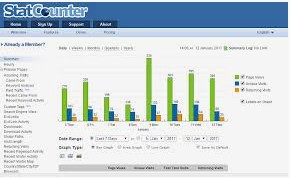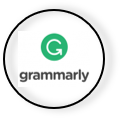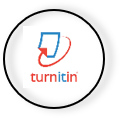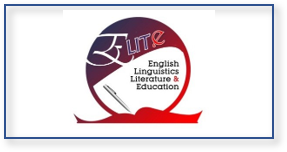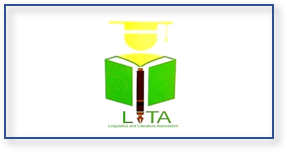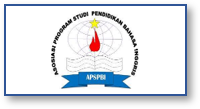Authentic Assessment Implementation on Curriculum 2013: Types and Its Washback
Has it been relevance to the Curriculum 2013?
DOI:
https://doi.org/10.15642/ijet2.2021.10.1.99-111Keywords:
authentic assessment, curriculum, washback EffectAbstract
A significant change in education instructional goals effects assessment techniques used to evaluate students’ progress. The root of this phenomenon highly offers to authentic assessment as an alternative assessment. This study deals with authentic assessment implementation and its effects within teaching and learning in the context of Year 7 English students. It employs case study to get a in-depth understanding of the case. Data of the study were gained from deep-interview, observation, and document analysis. While, the data were analyzed by using Interactive model involving data reduction, data displays and conclusions: drawing/verification. The study finds that the relevance of implementation of authentic assessment becomes the main factor of determining its washbacks. Since most the authentic assessment stages undertaken by teachers are in line with National Regulation on how the assessment is designed and implemented, it provides more positive washbacks for both teachers and students such as motivated to be more creative and innovative in teaching and learning process. Nevertheless, the administration of assessment as guided by the government had a negative effect to teachers since it makes them feel overburdened and stressed.
Keywords: authentic assessment, curriculum, washback Effect


